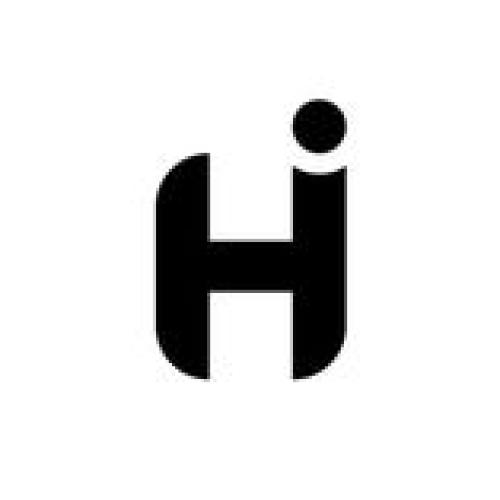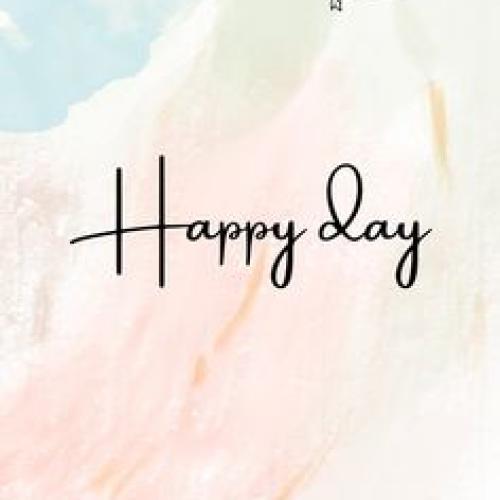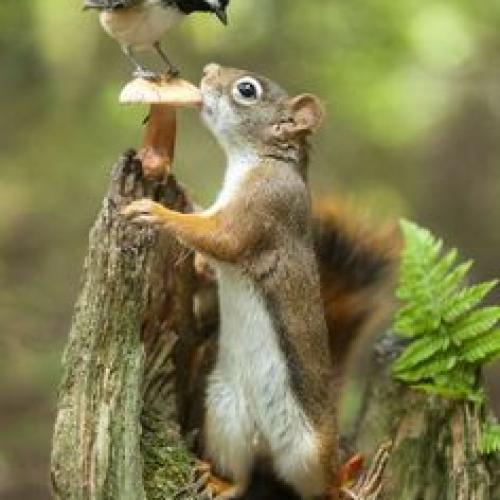AI can diagnose diseases earlier and more reliably than human professionals, tailor technology to individuals, and generate new images, stories, and music. However, the video also highlights the downside of AI on creativity, plagiarism, and education, as it creates new and original content by learning from millions of pictures, leading to questions about who owns the output. The video also talks about biases that come with AI, making it dangerous to trust for crucial tasks, and the lack of government regulations or systems in place to control it. Despite its potential problems, integrating AI with human abilities is the best course of action.
- (00:00:00) In this section, the YouTuber explains the basics of AI, including machine learning, neural networks, and natural language processing. He also conducts a drawing competition with an AI program, which proves that AI can speed up and improve tasks. Additionally, he demonstrates how AI can create a funny joke that is difficult for even experienced comedians to come up with. Overall, the YouTuber emphasizes the benefits of AI, including the ability to eliminate mind-numbing tasks and improve efficiency.
- (00:05:00) In this section, the video discusses how AI can save humans time and effort in tasks such as removing background from images using software like Pixel Cut, and how AI can work continuously unlike humans who need breaks. Additionally, AI can comb through vast amounts of data to diagnose diseases earlier and more reliably than human professionals can. AI can also be used to tailor technology to individuals, such as smartphones launching apps before the user clicks on them or search engines using AI to answer questions in a conversational tone. The video also discusses how AI tools like Dali, chat GBT, and Sound Draw can allow anyone with an internet connection to create new images, stories, and music. While AI offers many benefits, the video notes that as AI generates more content, it becomes challenging to determine whether the content is genuinely creative or just a machine-generated product.
- (00:10:00) In this section, the downside of AI on creativity, plagiarism and education is discussed. AI creates new, original content by learning from millions of pictures, making us question who owns the output. It’s not just art, but people too, as open-source image generators which create life-looking photos, could be a way to scam or commit cyber theft, posing a threat of plagiarism. Chat EBT has become the latest way for students to have AI write their essays, signalling the need for a new set of assessments, but can we keep up with AI changes in the classroom? AI-powered chat GPT has already taken a biased slant at its co-pilot search engine elevating the question of how to keep AIs impartial. A big problem with AIs is they are being programmed to behave like humans, making it impossible to rid their final product of human biases.
- (00:15:00) In this section, the speaker discusses the biases that come with AI, as it is almost impossible to create such a system without them. AI’s neural network can become unpredictable, making it dangerous to trust it for crucial tasks. Additionally, AI advancements might make things worse, not because they will disobey instructions, but because they will follow them precisely, leading to potential problems in the future. AI does not have government regulations or systems in place to control it, so it may be used by criminals and bad actors to gain an advantage over good people. Despite this, companies and countries continuously push for AI progress, making it too late to put the genie back in the bottle. Therefore, the best thing to do is to integrate with AI, using it to the best of our abilities.









